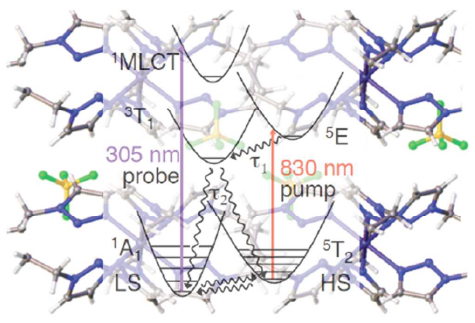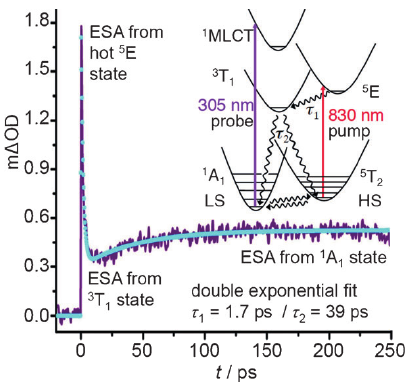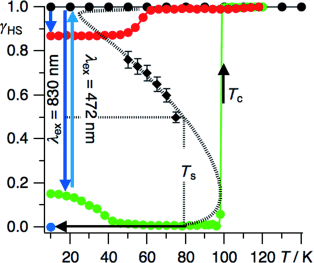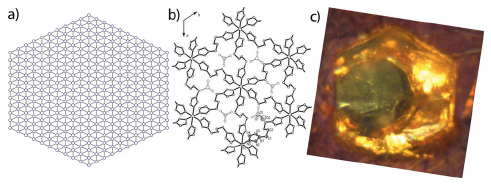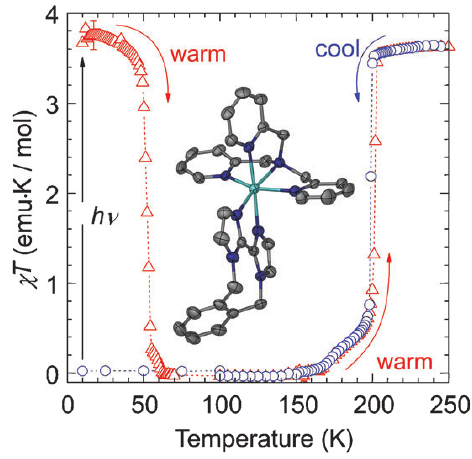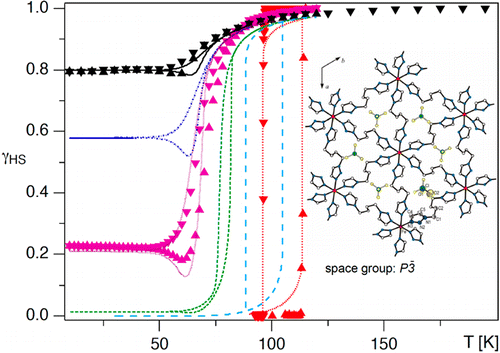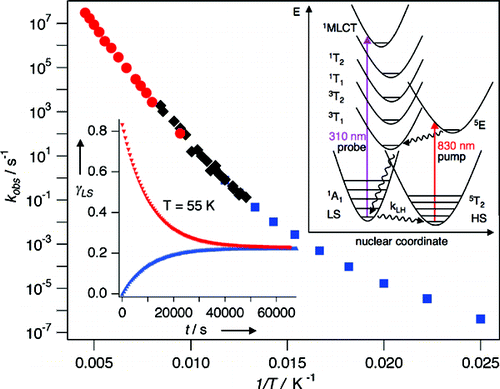-
Analysis of first order reversal curves in the thermal hysteresis of spin-crossover nanoparticles within the mechanoelastic model
L. Stoleriu, A. Stancu, P. Chakraborty, A. Hauser and C. Enachescu
Journal of Applied Physics, 117B (2015), p307


DOI:10.1063/1.4914953 | unige:55062 | Article HTML | Article PDF
The recently obtained spin-crossover nanoparticles are possible candidates for applications in the recording media industry as materials for data storage, or as pressure and temperature sensors. For these applications, the intermolecular interactions and interactions between spin-crossover nanoparticles are extremely important, as they may be essential factors in triggering the transition between the two stable phases: the high-spin and low-spin ones. In order to find correlations between the distributions in size and interactions and the transition temperatures distribution, we apply the FORC (First Order Reversal Curves) method, using simulations based on a mechanoelastic model applied to 2D triangular lattices composed of molecules linked by springs and embedded in a surfactant. We consider two Gaussian distributions: one is the size of the nanoparticles and another is the elastic interactions between edge spin-crossover molecules and the surfactant molecules. In order to disentangle the kinetic and non-kinetic parts of the FORC distributions, we compare the results obtained for different temperature sweeping rates. We also show that the presence of few larger particles in a distribution centered around much smaller particles dramatically increases the hysteresis width.
